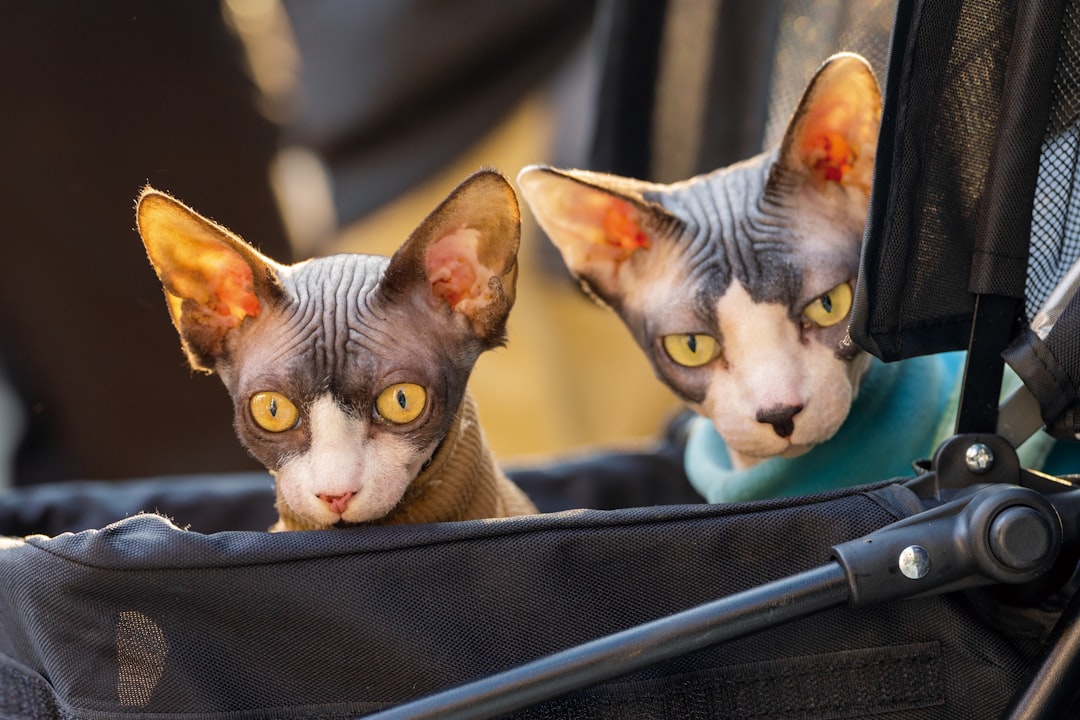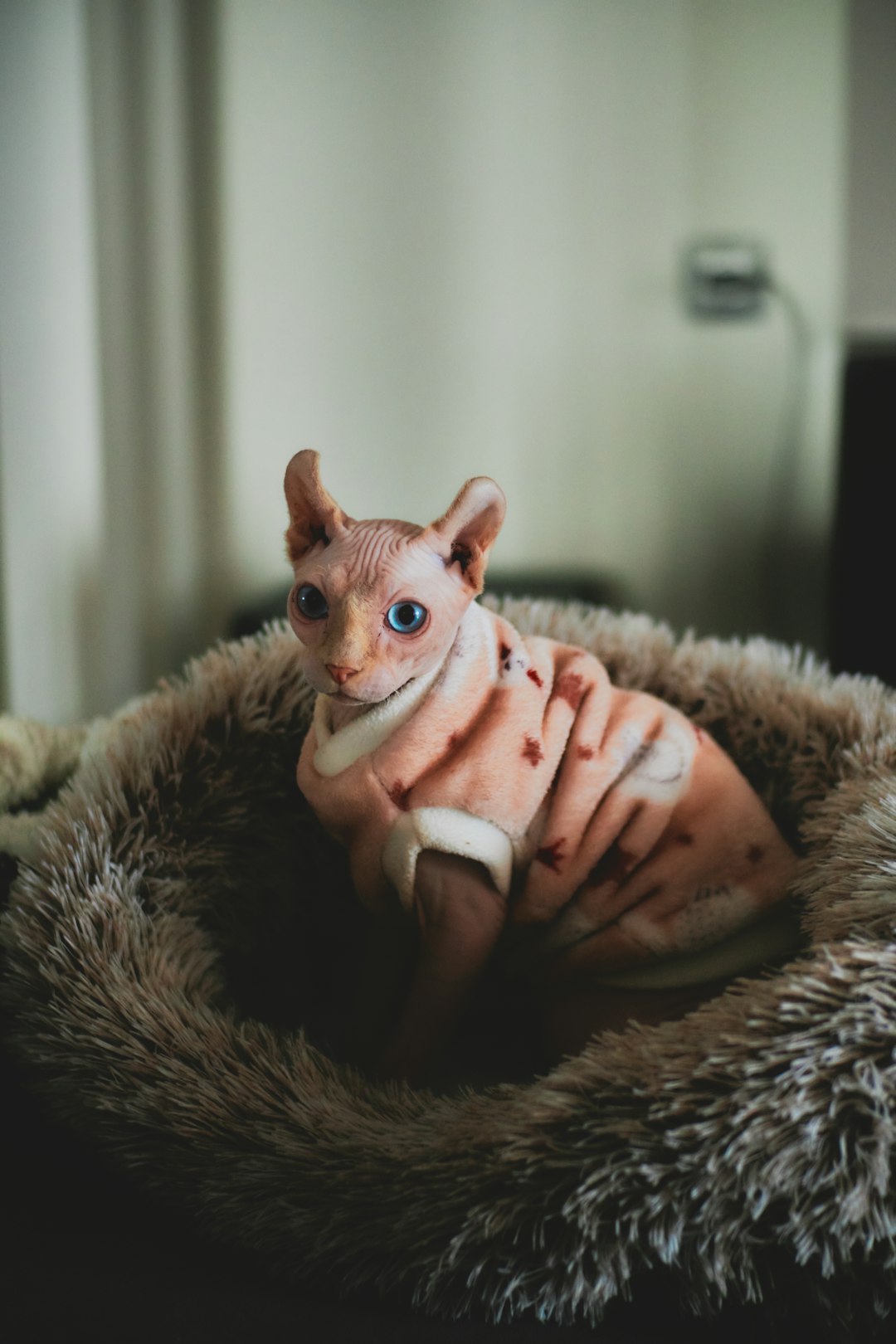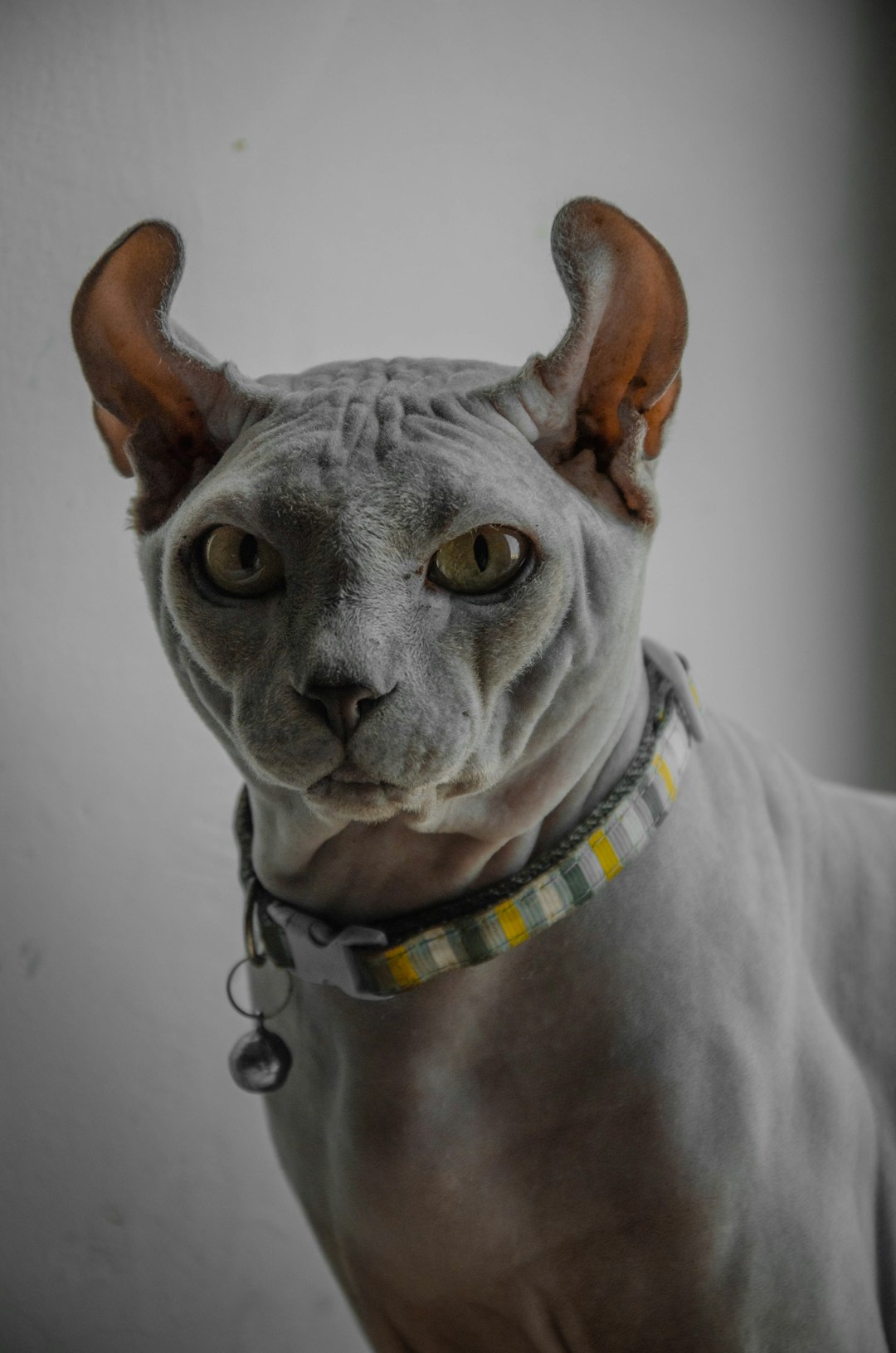Cats utilize a fascinating array of vocalizations, particularly their meows, to communicate with humans and other animals. Understanding these cats meowing sounds can deepen your bond with your feline friend. Each meow carries its own unique meaning, signaling emotions ranging from hunger to affection. By honing in on the nuances of your cat’s meowing, you can better respond to their needs and emotional state. In this post, we’ll explore the various types of meows and provide insights on how to interpret and engage with your cat’s vocalizations effectively.
Understanding Cat Meowing Sounds
Cats communicate in various ways, and cats meowing sounds form a crucial part of their vocal repertoire. Each meow carries meaning, allowing your feline friend to express their needs and emotions. Here’s how to understand these vocalizations better:
Distinct Types of Meows: Cats produce different pitches, lengths, and frequencies in their meows. For example:
- Short and high-pitched may indicate excitement.
- Long and drawn-out often signifies a request or demand.
Context Matters: The situation surrounding the sound matters greatly. A meow in greeting differs from one that emerges during playtime.
Interactions With Owners: Studies suggest that cats have developed meows specifically to communicate with humans, adapting their sounds to get attention or affection.
Variability: Keep in mind that individual cats can have unique vocal traits. Thus, familiarizing yourself with your cat’s specific cats meowing sounds improves communication.
By understanding these nuances, you can enhance your connection with your cat, responding appropriately to their vocal cues and fostering a healthier relationship.

Common Cat Meowing Sounds and Their Meanings
Cats meowing sounds can vary widely, and understanding these vocalizations is essential for effective communication with your feline friend. Here are some common meows and what they typically indicate:
Short and High-Pitched Meows:
- Meaning: Excitement or greeting.
- Response: Respond with enthusiasm to reinforce the positive interaction.
Low and Slow Meows:
- Meaning: Displeasure or frustration.
- Response: Assess the situation to identify the cause of unhappiness.
Repeated Meows:
- Meaning: Attention-seeking or demands.
- Response: Engage the cat or provide stimulation to meet their needs.
Yowling:
- Meaning: Potential distress or mating calls.
- Response: Investigate their surroundings or consult with a vet if distress is inferred.
Chirps or Purrs Accompanied by Meows:
- Meaning: Contentment or playful behavior.
- Response: Enjoy interactive playtime to strengthen your bond.
Quick Comparison of Common Meowing Sounds
| Meow Type | Meaning | Recommended Response |
|---|---|---|
| Short & High-Pitched | Excitement/Greeting | Enthusiastic interaction |
| Low & Slow | Displeasure/Frustration | Assess cause of unhappiness |
| Repeated | Attention-seeking | Engage or stimulate |
| Yowling | Distress/Mating calls | Investigate or consult vet |
| Chirps/Purrs + Meows | Contentment/Playful behavior | Interactive playtime |
Understanding these cats meowing sounds not only helps you respond appropriately but also strengthens your relationship with your furry companion.
Differentiating Between Types of Meows
Cats are remarkable communicators, and their cats meowing sounds vary greatly. Each type of meow holds a specific meaning, helping you understand your feline’s needs and emotions. Here are the most common types of meows and what they signify:
Short Meows:
- Usually indicates a greeting or acknowledgment.
Long Meows:
- Signals demand or urgency, often when your cat wants attention.
Repeated Meows:
- Suggests annoyance or impatience; your cat might be trying to get your focus.
Trilling:
- A happier sound, this often reflects affection or invites you to follow.
Caterwauling:
- A loud, wailing noise indicating distress or potential illness.
Comparison Table of Meow Types
| Type of Meow | Sound Characteristics | Typical Meaning |
|---|---|---|
| Short | Brief and quick | Greeting |
| Long | Prolonged | Demand |
| Repeated | Several in quick succession | Annoyance |
| Trilling | Soft and chirpy | Affection |
| Caterwauling | Loud and drawn out | Distress or alert |
Understanding these cats meowing sounds will enhance your bond and help you respond appropriately. Remember, each cat has its unique vocal patterns, so observe the context in which they meow!
When Your Cat’s Meow Signals Hunger
One of the most common cats meowing sounds you’ll notice is related to hunger. Understanding this vocalization can help ensure your feline friend stays happy and healthy. Here’s what to listen for:
- Short, Repeated Meows: Indicates a strong desire for food.
- Loud, Demanding Wails: Suggests urgency and impatience; your cat may feel it’s feeding time right now.
- Purring Accompanied by Meows: Often indicates that your cat feels comfortable but wants to express their request for food.
Comparison of Meows Signaling Hunger
| Meow Type | Sound Characteristics | Meaning |
|---|---|---|
| Short Meows | Quick and high-pitched | “I’m hungry!” |
| Long Meows | Prolonged and rising pitch | “Feed me NOW!” |
| Combination Sounds | A blend of purring and meowing | “I’m hungry but I also love you!” |
When you notice these cats meowing sounds, check their food bowl promptly. A timely response not only satisfies their hunger but also strengthens your bond. Always remember, interpreting your cat’s meows correctly can lead to a happier, more communicative environment.
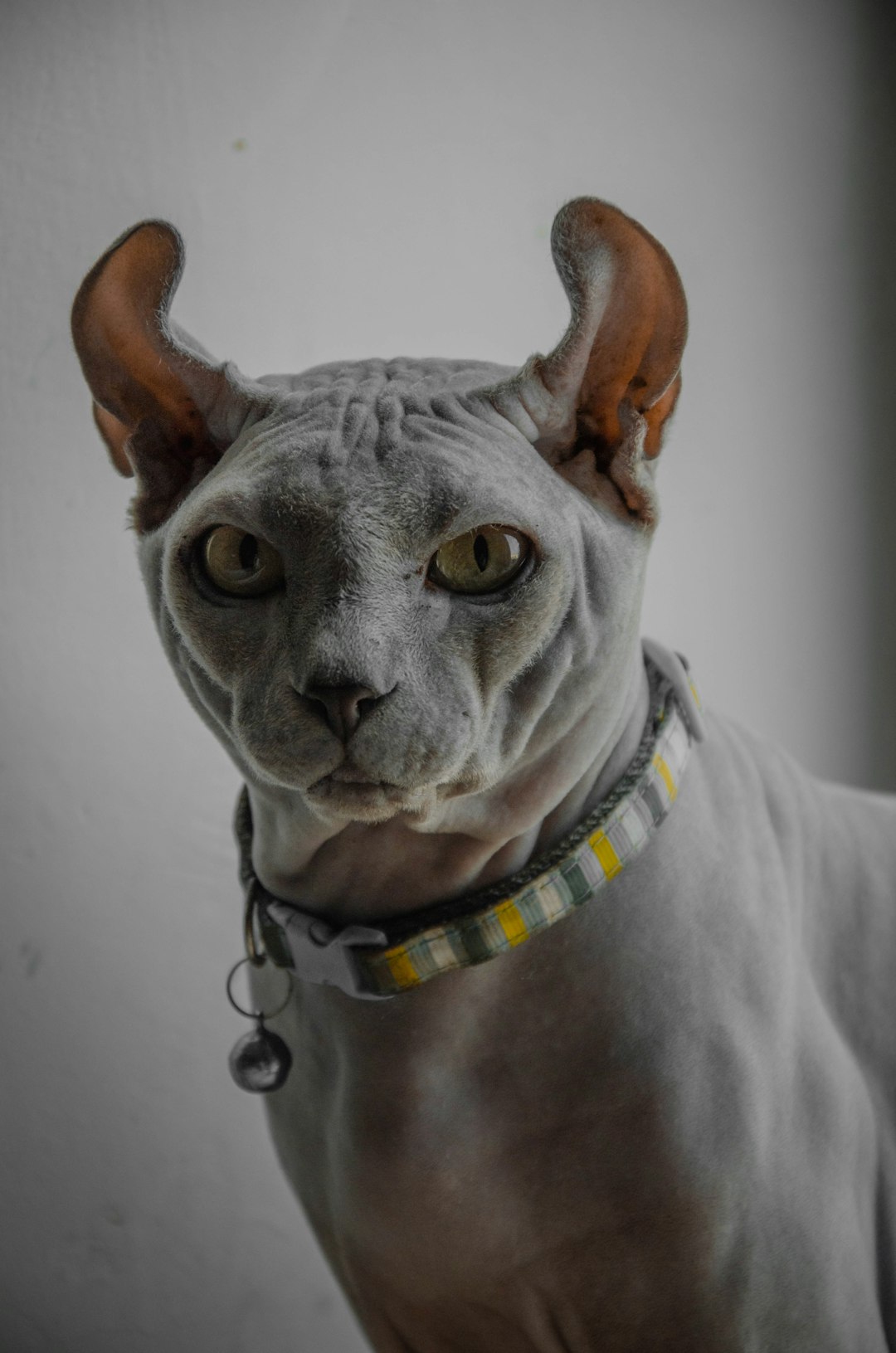
How to Respond to Your Cat’s Vocalizations
Understanding your cat’s meowing can greatly enhance your communication and strengthen your bond. When you hear various cats meowing sounds, it’s essential to respond effectively. Here are some suggested responses:
Identify the Type of Meow: Pay attention to the frequency and tone. For instance:
- Soft meows may indicate a friendly greeting.
- Loud or urgent meows could signal distress or a need for immediate attention.
Respond Appropriately: Tailor your response based on the situation:
- If your cat is meowing for food, provide it promptly.
- Offer comforting words or gentle petting if the tone is anxious.
Engage in Play: If your cat seems bored and uses playful meows, initiate a game with toys to stimulate their mental and physical activity.
Observe Body Language: Complement your responses by observing your cat’s posture and movements, as these can provide additional context for their cats meowing sounds.
By being attentive and responsive to their vocalizations, you foster a positive environment that promotes understanding and reduces anxiety, making both you and your feline friend happier.
Understanding Your Cat’s Emotional State Through Meows
Cats meowing sounds can convey a range of emotions, helping you understand your furry friend’s needs and feelings. By paying attention to the pitch, tone, and frequency of their meows, you can gauge your cat’s emotional state effectively:
- Happy Meows: Short, sound patterns indicate contentment. You might hear this during playtime or when you’re petting them.
- Anxious Meows: A higher pitch or repetitive meows often signal distress. Your cat may be uncertain about something in their environment.
- Lonely Meows: Prolonged and drawn-out meows can suggest your cat feels isolated and seeks companionship.
- Demanding Meows: Insistent and loud meows often indicate your cat wants attention, food, or playtime.
| Emotion | Cats Meowing Sounds | Response |
|---|---|---|
| Happy | Short, light meows | Offer praise and petting |
| Anxious | High-pitched, rapid meows | Calmly reassure your cat |
| Lonely | Prolonged, soft meows | Spend quality time together |
| Demanding | Sharp, frequent meows | Fulfill needs or provide playtime |
By learning to interpret these cats meowing sounds, you can enhance your connection and respond appropriately to your cat’s emotional needs.
Tips for Communicating with Your Cat
Effective communication with your cat involves understanding their meowing sounds and responding appropriately. Here are some practical tips to enhance your connection:
Observe their body language: Pay attention to your cat’s posture, tail position, and ear orientation. These non-verbal cues often accompany cats meowing sounds and can provide context.
Match their tone: Respond to your cat’s tone and intensity. A high-pitched meow indicates excitement, while a low growl suggests dissatisfaction. By mimicking their tone, you reinforce understanding.
Use consistent phrases: Choose a few phrases or commands. Use them during meowing encounters, like “Time to eat!” or “Let’s play!” Your cat will associate these phrases with specific activities or needs.
Be patient: Cats may take time to respond or adjust to your communication style. Maintain a calm demeanor and repeat your efforts, especially if adjusting their meowing patterns is your goal.
Engage in play: Interactive play sessions can stimulate your cat’s vocalizations. By engaging them through toys or games, you promote a more expressive atmosphere, allowing you to better interpret their cats meowing sounds.
By employing these strategies, you deepen your understanding of your cat’s needs and strengthen your bond.
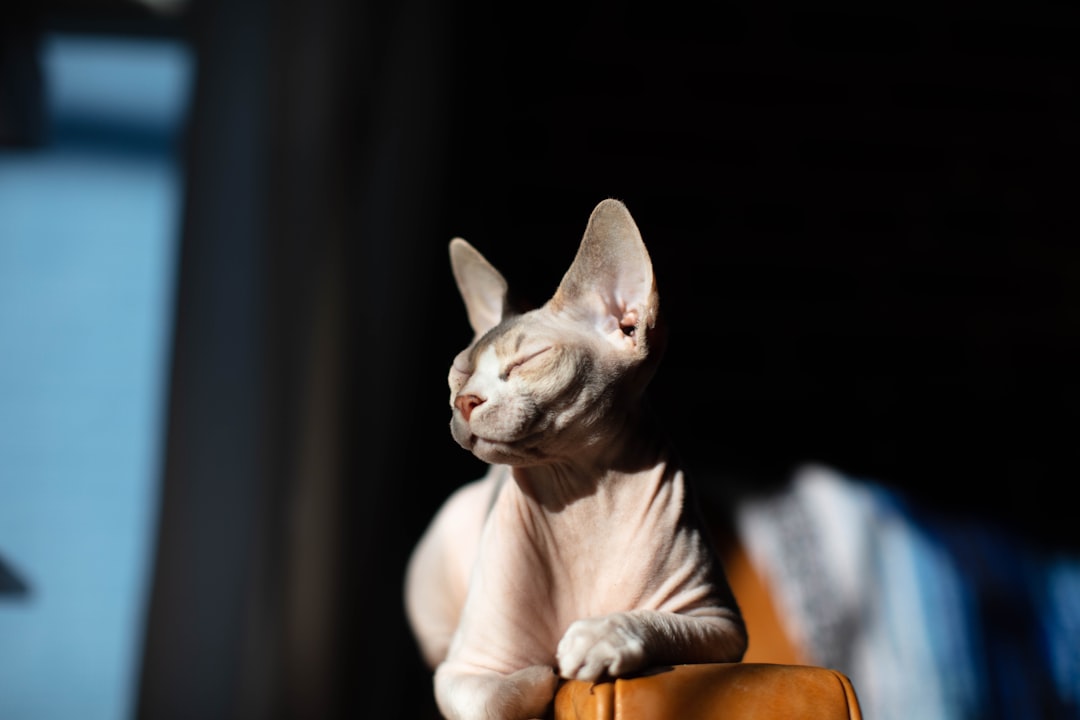
When to Seek Veterinary Advice for Excessive Meowing
Cats meowing sounds can often reflect their needs or emotions, but excessive vocalization may indicate underlying health issues. Watch for these signs to determine whether a vet visit is necessary:
- Duration: If your cat meows more than usual, especially for several days in a row.
- Change in Behavior: Look for alterations in eating, grooming, or litter box habits.
- Physical Symptoms: Vomiting, diarrhea, lethargy, or noticeable weight loss accompanying excessive meowing could signal a problem.
- Age Factor: Kittens and older cats might meow more often due to distinct health conditions, making it essential to monitor their vocal patterns.
Comparison of Normal vs. Excessive Meowing
| Type of Meowing | Normal Situation | Excessive Situation |
|---|---|---|
| Frequency | Occasional, typically for attention or snacks | Continuous, often appearing frantic |
| Context | Specific needs like playtime or feeding | Unexplained or unrelated to needs |
| Duration | Short bursts | Lasting longer than a few minutes |
If you observe these signs accompanied by unusual cats meowing sounds, consult your veterinarian promptly for a thorough assessment. Early intervention can lead to better outcomes for your feline friend.
Frequently Asked Questions
Why do cats meow?
Cats meow as a form of communication, primarily directed towards humans rather than other cats. They meow for various reasons, such as seeking attention, expressing hunger, or indicating discomfort. Each cat has its unique vocalizations, and frequent meowing can indicate that your cat wants interaction, food, or may be feeling stressed. It’s essential to pay attention to the context of their meowing to understand what they need.
How can I respond to my cat’s meowing?
Responding to your cat’s meowing involves understanding their specific needs and emotions at that moment. If your cat is meowing for food, ensure their bowl is full; if they seek attention, spend some quality time playing or petting them. However, if the meowing seems excessive, it might indicate an underlying issue, such as anxiety or health concerns, and consulting with a veterinarian is advisable. Always observe your cat’s body language to gauge their mood.
Do different meowing sounds mean different things?
Yes, cats produce a variety of meowing sounds, and each can convey a different message. For instance, a short, high-pitched meow can signal excitement or playfulness, while a longer, drawn-out meow might indicate annoyance or the desire for attention. Some cats may even develop unique sounds to communicate specific needs with their owners. Understanding these variations can significantly enhance your bond with your pet and improve communication.
Is it normal for my cat to meow a lot?
Excessive meowing can be normal for some cat breeds, but if your cat suddenly starts to meow more than usual, it might be a sign of an underlying issue. Stress, medical problems, or loneliness can cause increased vocalization. If your cat is excessively vocal, observe their behavior and consider consulting with a veterinarian to rule out health concerns or consider environmental changes that may be affecting their behavior.

